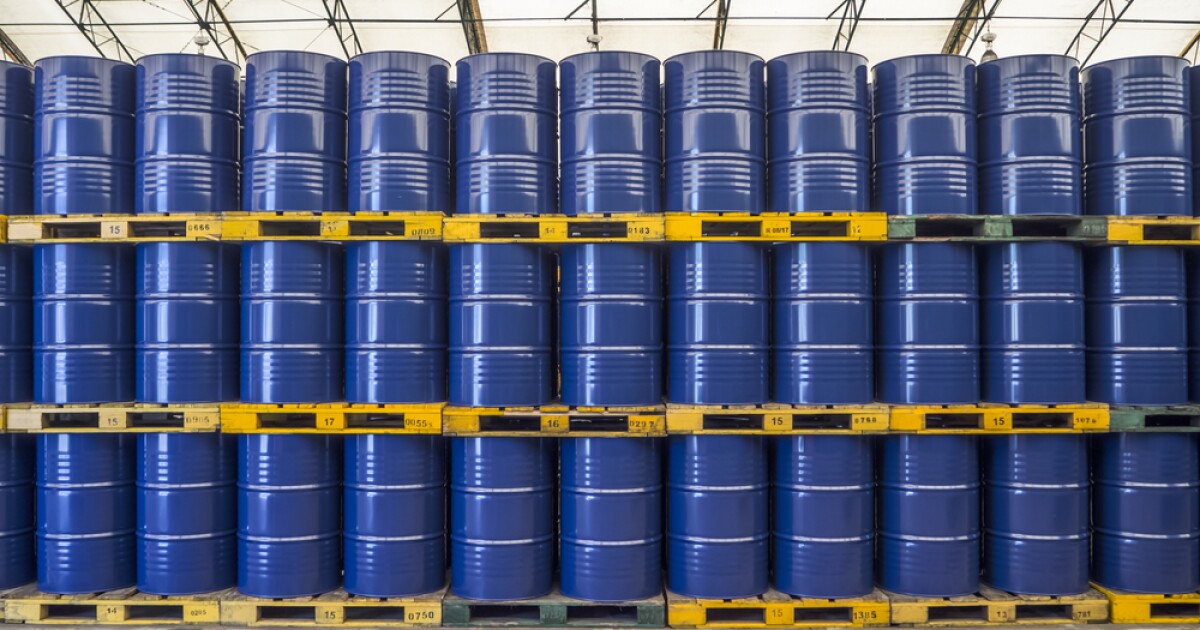The latest data from two of the world’s biggest crude importers helps explain why Opec-plus has stepped up the pace at which it is returning previously suspended supply to the market. Major Mideast producers have been losing ground in China to sanctioned crude from Iran and other countries. China, the world’s largest importer, has also boosted its intake of Canadian crude. South Korea has also cut back on purchases of Mideast crude and has been leaning more on imports from Latin America. After 2½ years of production cuts totaling 5.9 million barrels per day — at least on paper — Opec-plus appears to be shifting from a strategy based primarily on propping up prices to recapturing lost market share. And it’s not difficult to see why. Crude from Mideast producers other than Iran accounted for only 42% of China’s total crude imports in the first half of this year, down from 45% in the same period of last year, according to Chinese customs data. In the first six months of this year, China’s crude imports from the Mideast sank by 218,000 b/d to 4.78 million b/d, according to the country’s official customs data. But those Mideast numbers exclude sanctioned Iranian volumes, which sellers hide by attributing them to Malaysia. Even Russian crudes took a hit after succeeding in wresting significant market share away from Mideast producers in 2023 and 2024. US sanctions on tankers briefly spooked Chinese refiners and ports earlier this year and also made some of the country’s national oil companies wary. This caused China’s imports of Russian crude to tumble by 231,000 b/d versus the first half of 2024 to 1.99 million b/d in the first six months of this year, with Russia’s share of China’s crude imports sinking accordingly to 18% from 20%.
